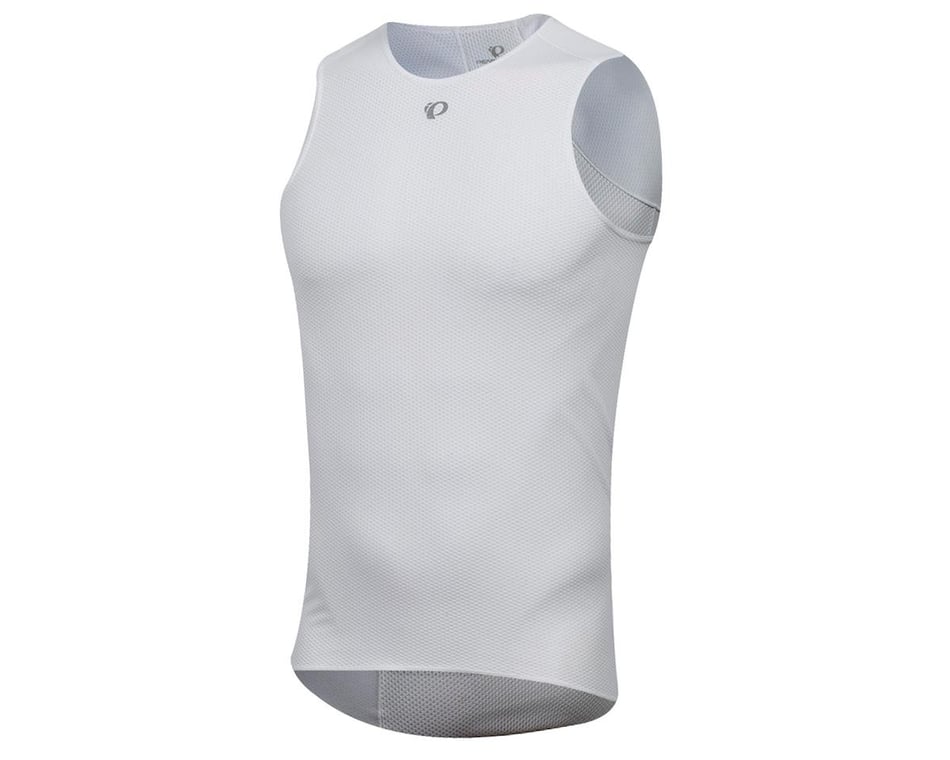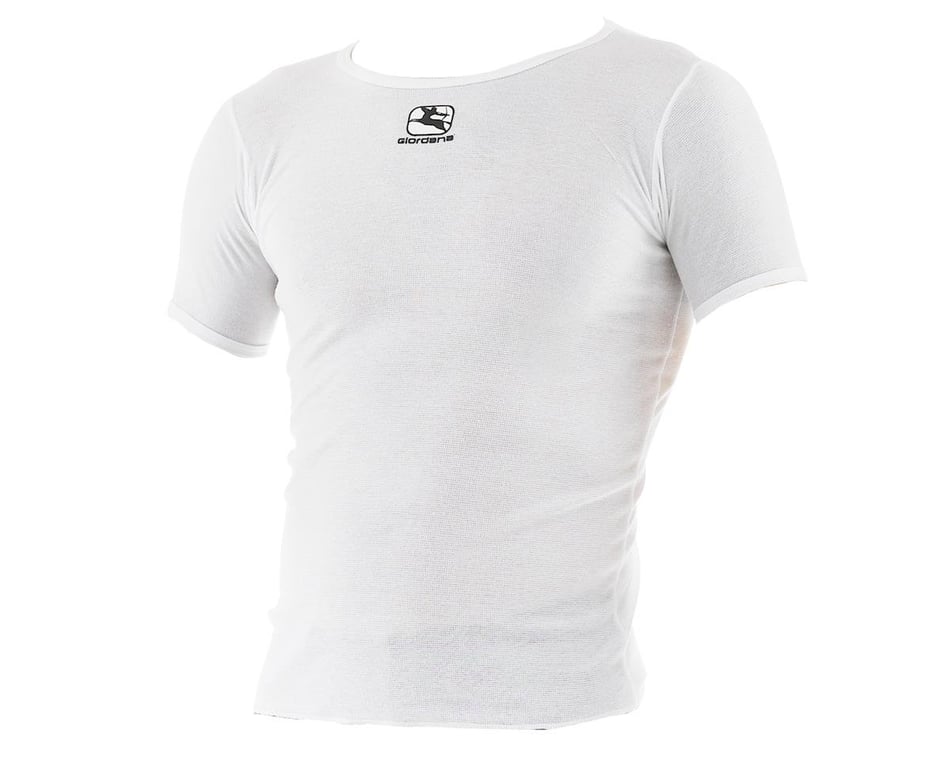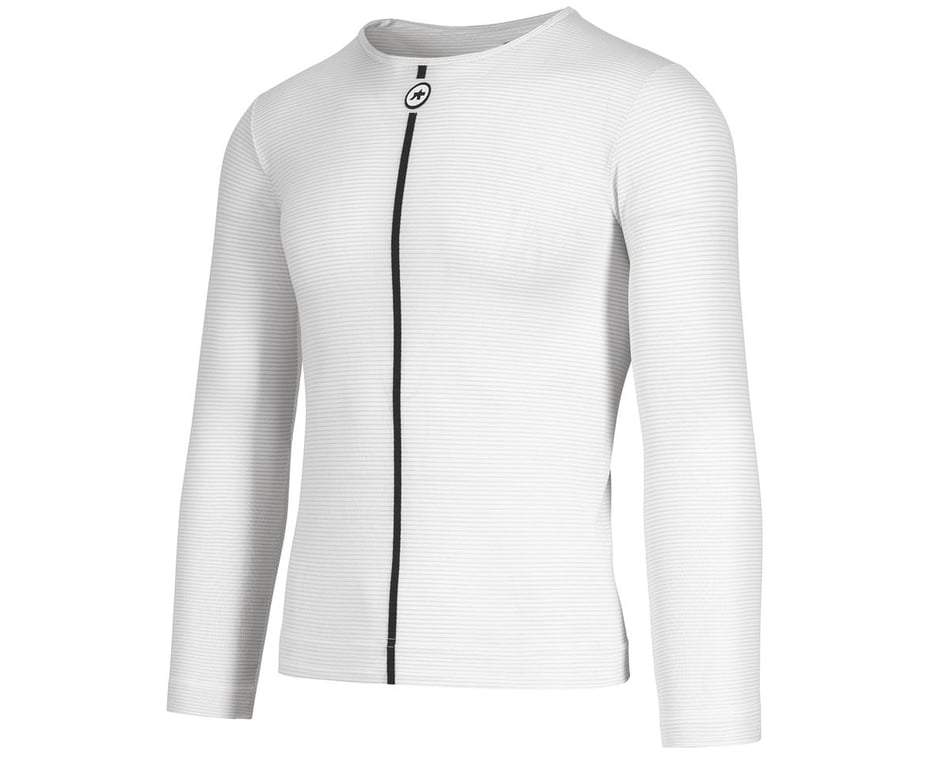Base Layers in Summer
Should You Wear a Base Layer during Summer?

Short Answer: Yes! The rising popularity of summer base layers may seem paradoxical. A winter base layer helps keep you warm, but when summer rolls around we typically strip layers. You may be tempted to stow your purpose-built base layer til autumn with your wind jacket, arm warmers, and neck gaiter. Not so fast! Depending on its construction, your base layer may enhance your thermoregulation, comfort, and performance in the summer. Read on to find out what to look for in a warm-weather base layer, and why you should consider wearing one as the temperatures rise.
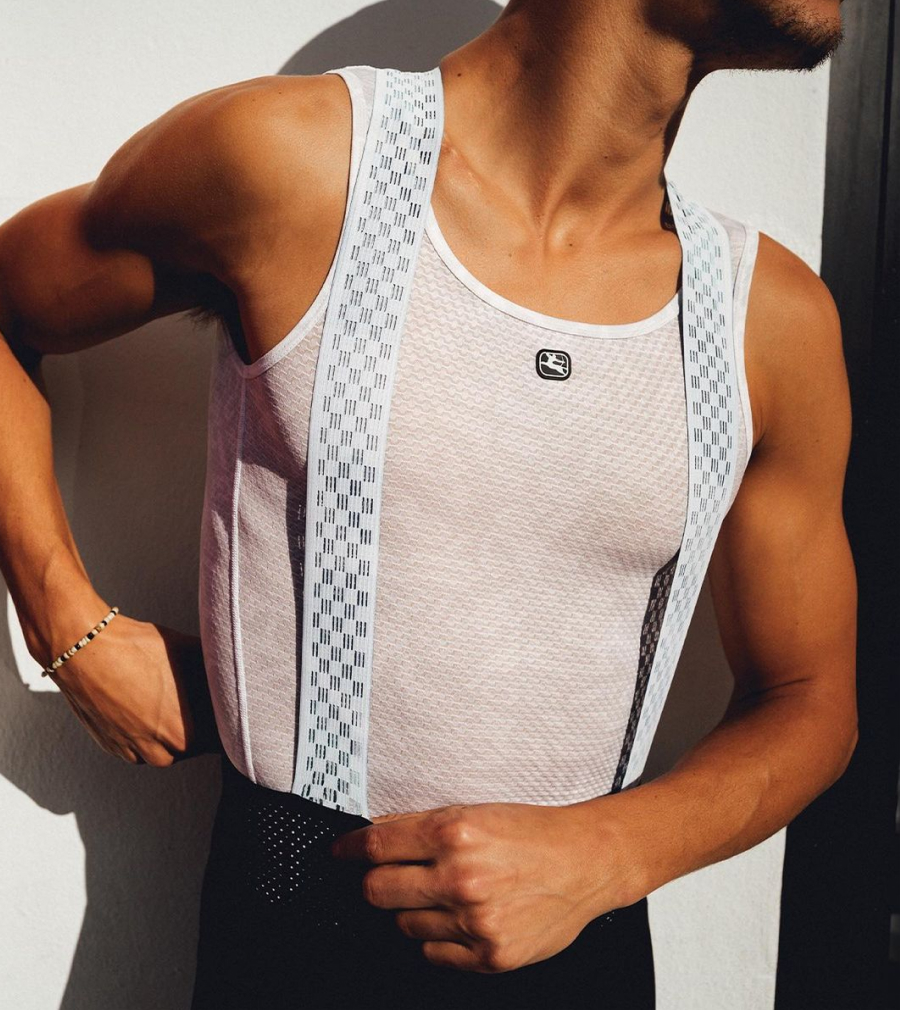
Base Layer Types
All modern base layers are made from performance fabrics. Some are merino wool, others are polyester, and still others are blended, proprietary fabrics. To reduce risk of chafing, they often have special seam construction and soft, brushed fabrics.
Base layers made for cold-weather riding are typically constructed of heavier materials and thicker yarns. Many modern winter base layers also use structures like quilting or waffling to trap body heat against the skin, and they come with full-length sleeves. This helps keep you warm when the temperature plummets.
Summer base layers operate on similar principles to their winter counterparts. Both are built to promote homeostasis (temperature equilibrium), but warm-weather base layers are made from lightweight, thin materials. Often these materials are structured to move moisture from your skin into the garment, where it can quickly evaporate. Many summer base layers are styled without sleeves.
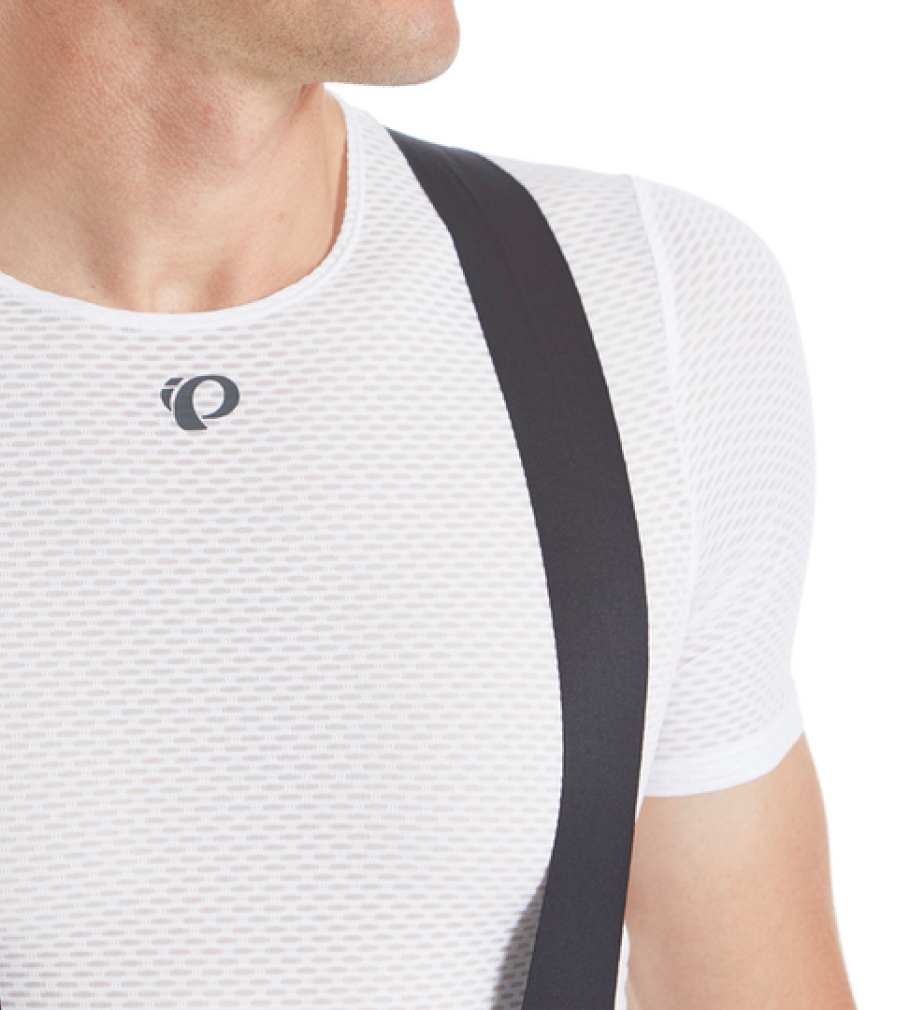
Benefits
In warm weather the layer of clothing you wear against your skin has the biggest impact on your body's natural thermoregulation (temperature control). Its fabric and construction need to manage the moisture you produce during perspiration. A normal cycling jersey is built to do many things well--be aerodynamic, durable, take certain color dyes and printed sponsor logos. Some even do a good job of wicking sweat, but their other roles negatively affect this function.
A summer base layer is different. It is designed for a singular purpose: to maximize your evaporative cooling. Its fabric and structure is engineered to that end, and for that purpose they are superior to cycling jerseys. In fact, manufacturers' summer base layers have become so effective many cyclists choose to wear them in lieu of a jersey.
By wicking sweat from your skin and into its fabric, the base layer provides the ideal conditions for conductive cooling (heat transfer) from your body to the atmosphere to keep you cool and dry. Lower core temperatures means a lower heart-rate, less perspiration, and better electrolyte conservation. Taken together, these mean enhanced performance, comfort, and safety.
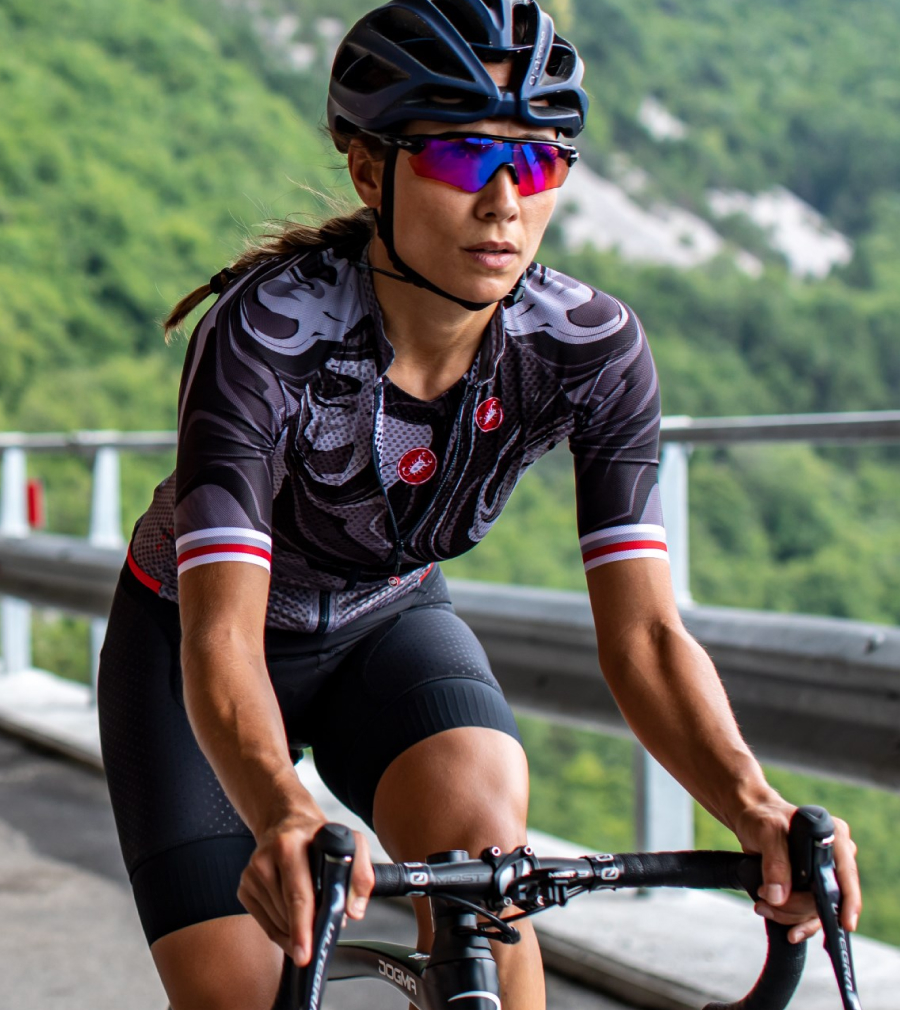
The Bottom Line
Remember that everybody reacts differently to hot weather riding. Some will acclimate faster, while others will sweat less (or more). Some will prefer UV-blocking jerseys even if it means a bit more sweat.
Many cyclists benefit from base layers and base-layer-style kits, but one look at the professional peloton is enough to know there is a diversity of preferences when it comes to layering against hot weather. Our advice? Try one out for yourself. It may become your favorite piece of kit.
Ready to layer up?
SHOP All Base Layer productsLong Sleeve Base Layers
SHOP NOW
